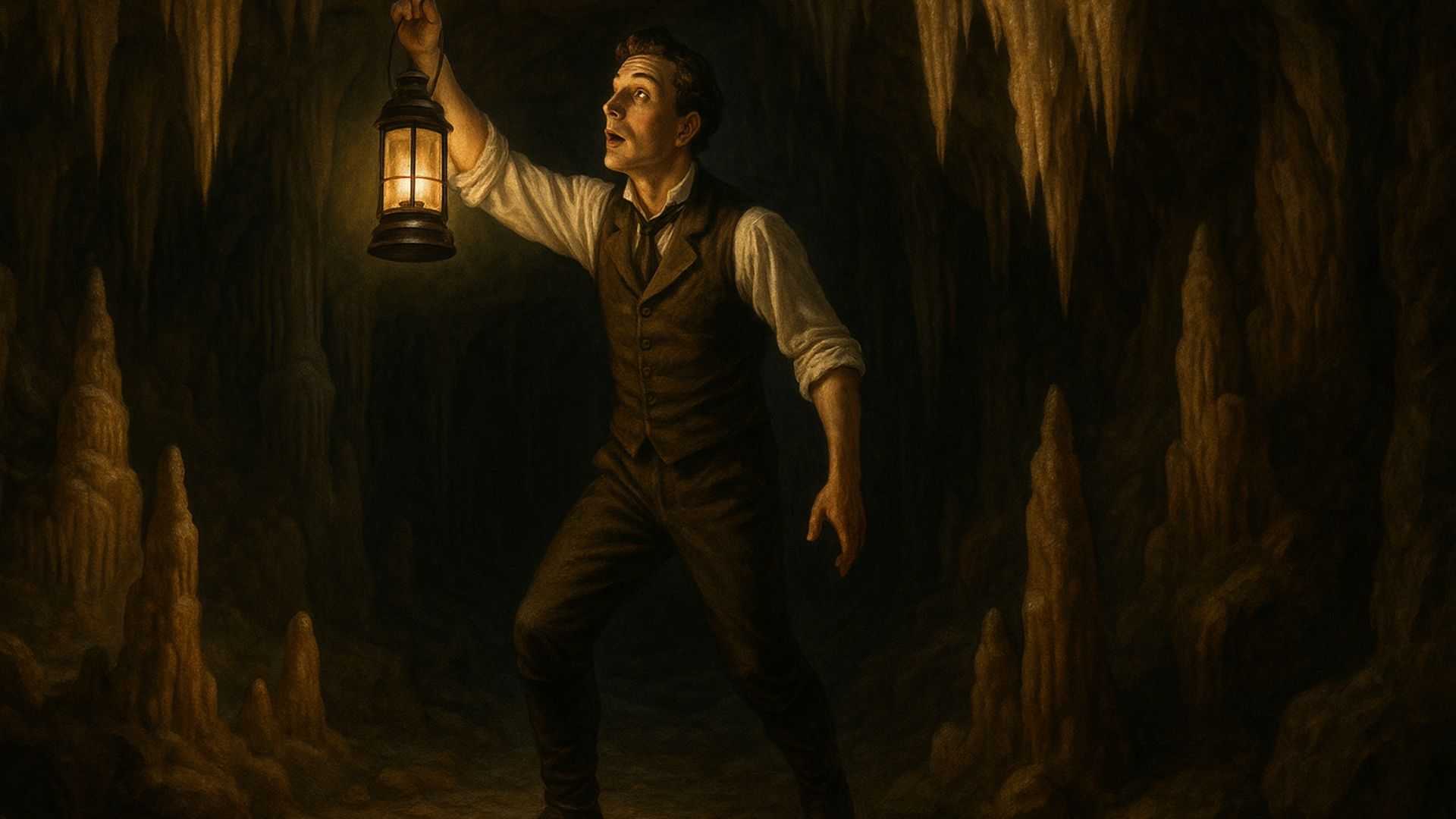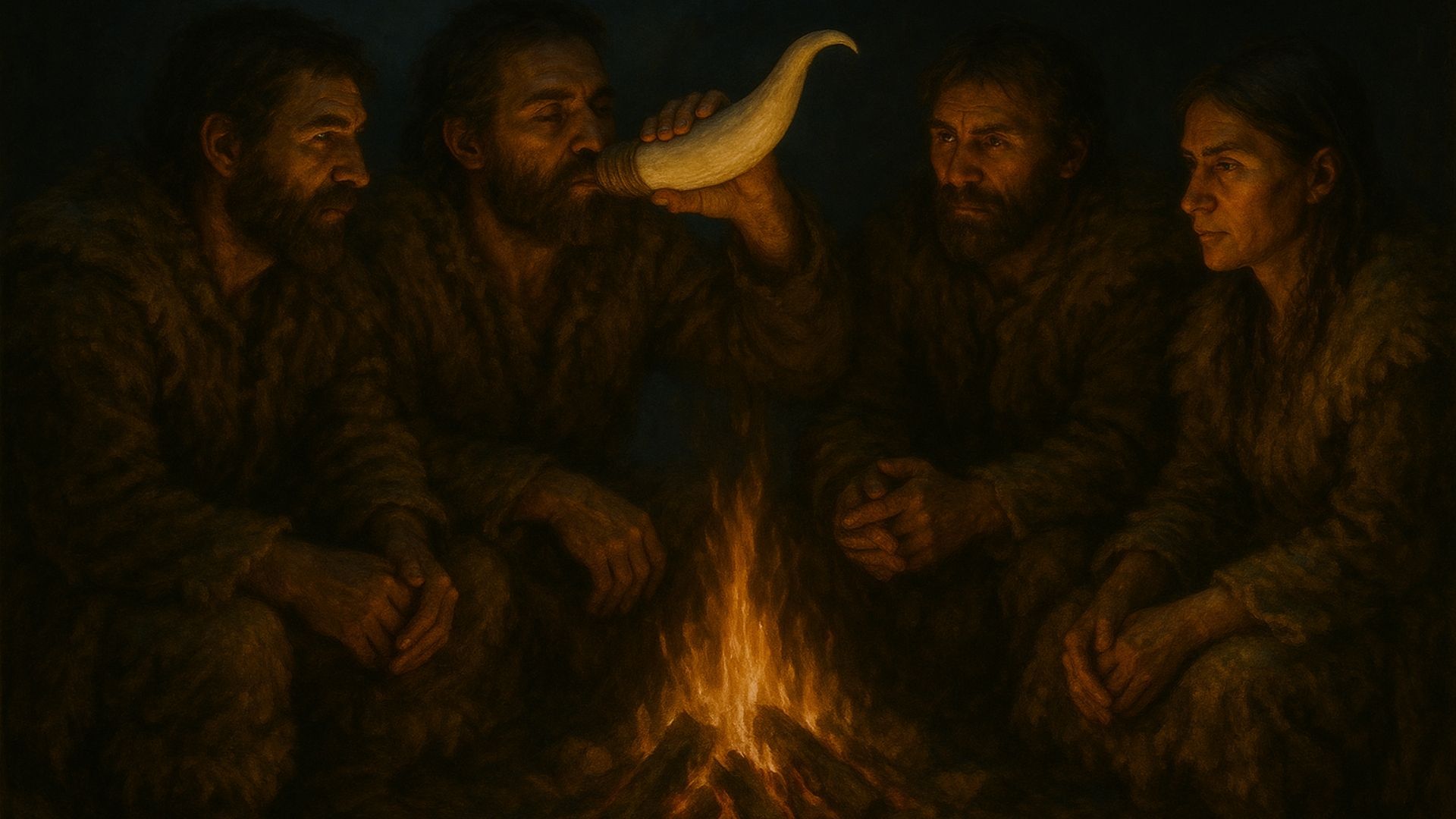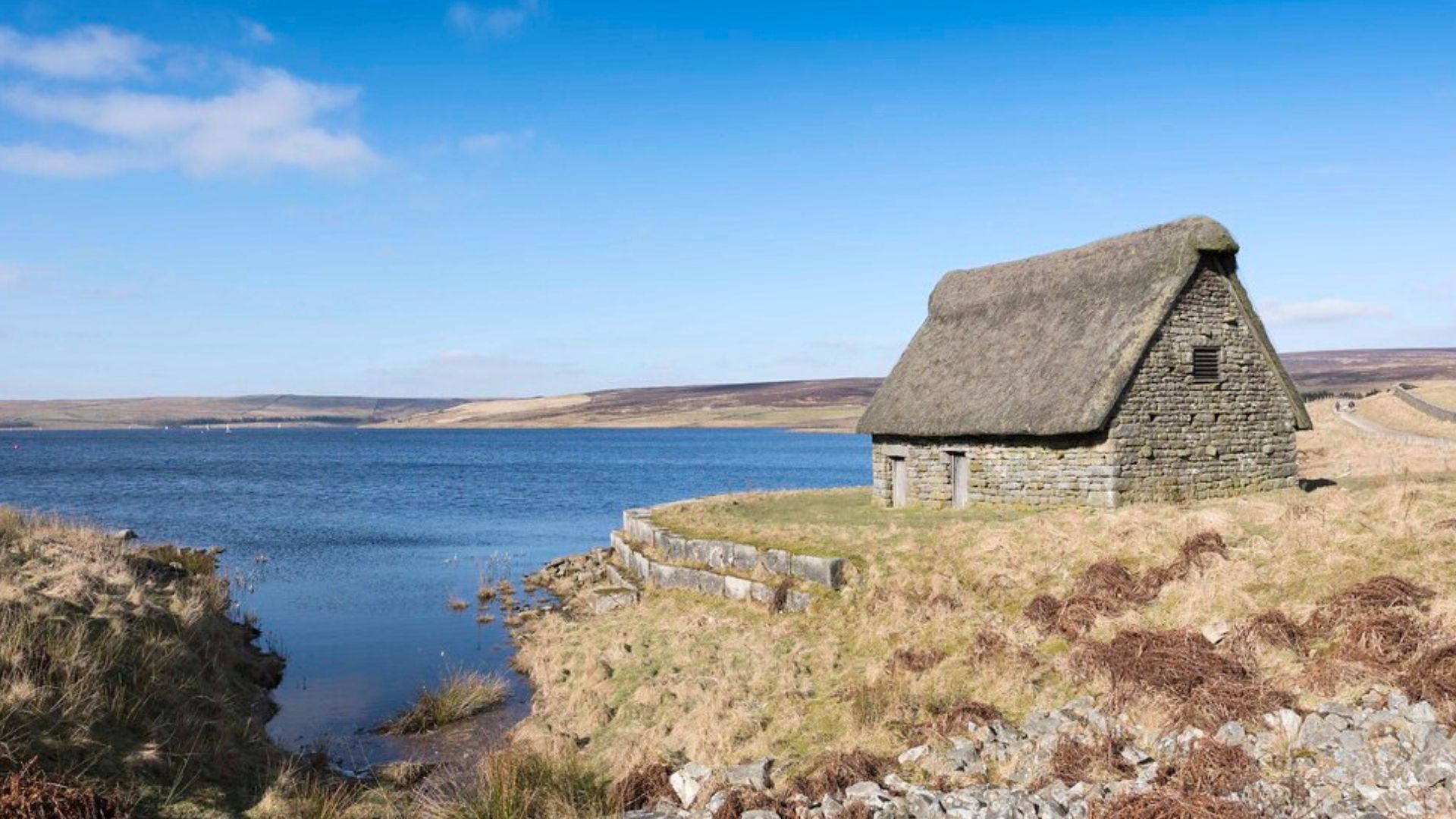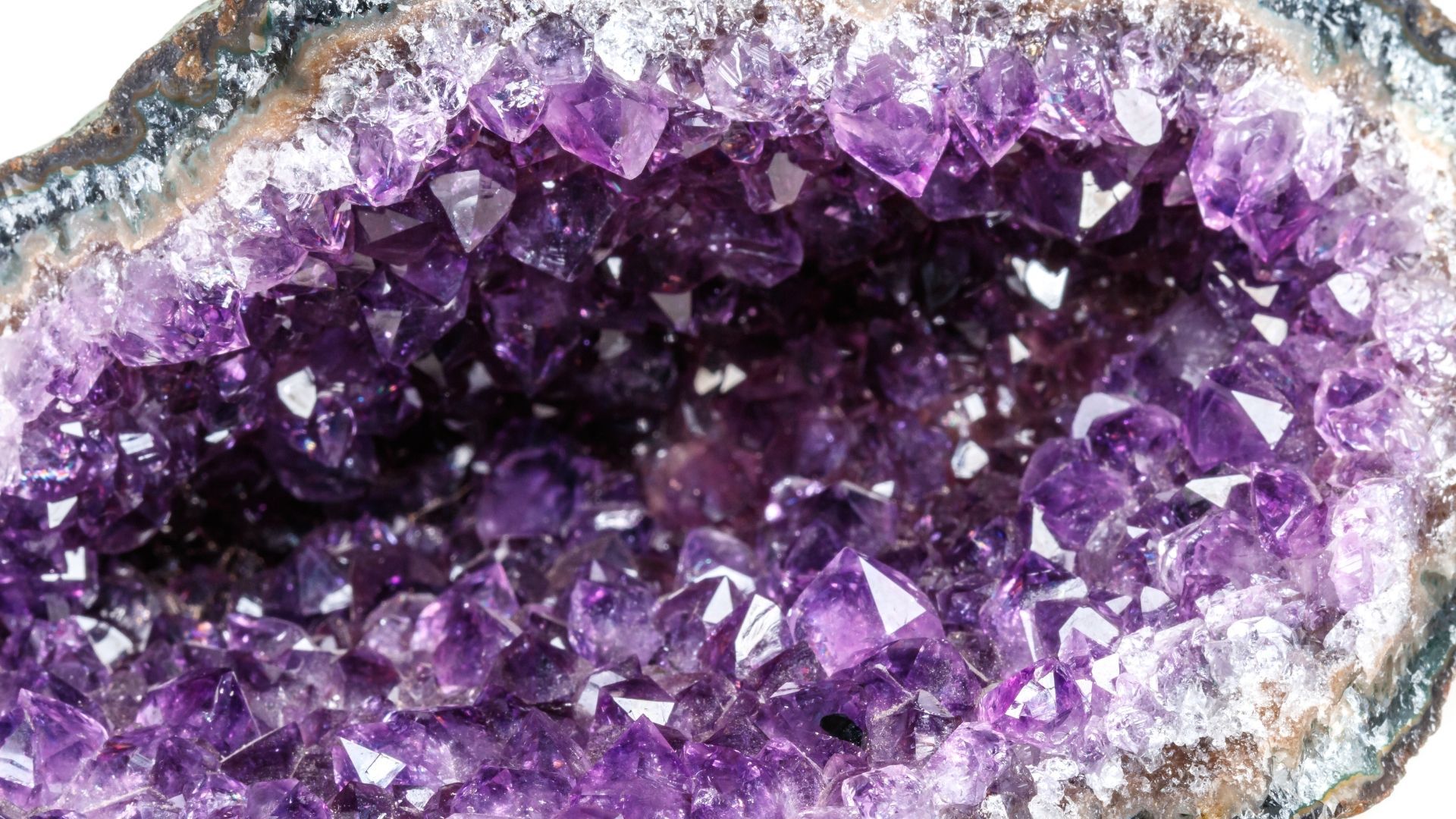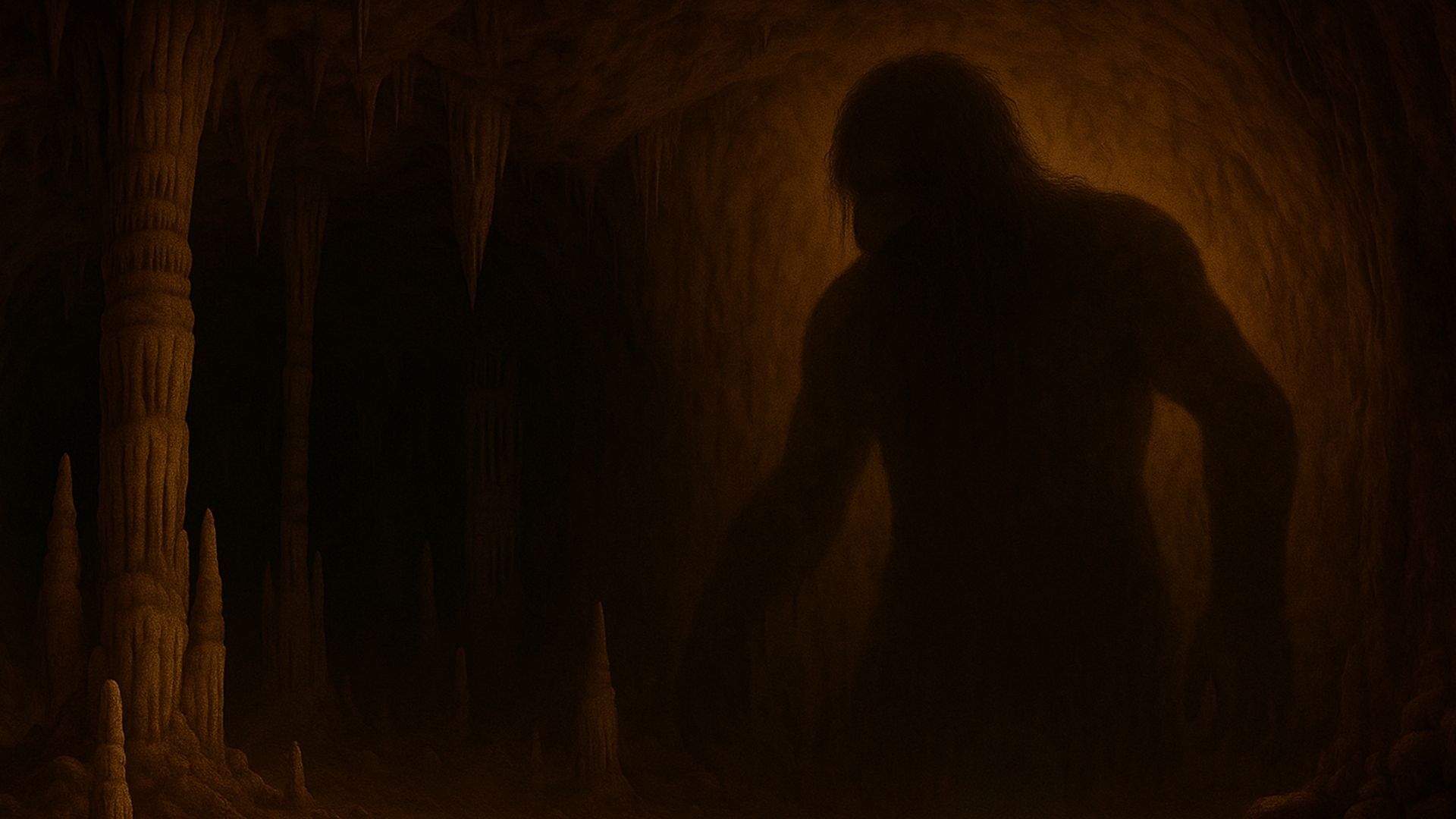Get your hard hat and your harness – we're taking a trip down Krubera, the deepest cave on Earth.
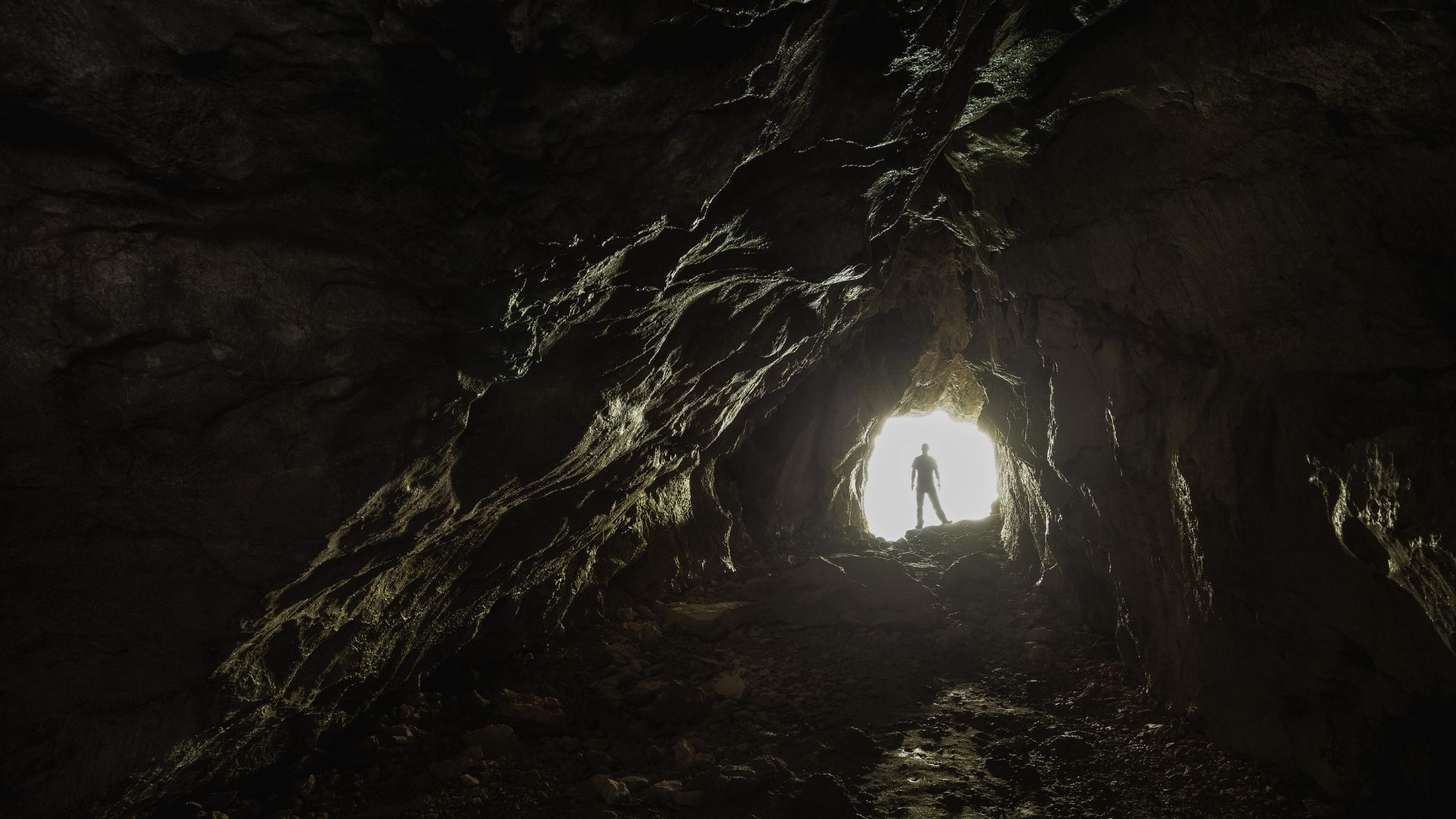
Many people can tell you that Everest is the highest mountain in the world. Slightly fewer people, perhaps, can tell you that the Nile is the longest river. But we bet our bottom dollar that not many people can name you the deepest cave in the world.
The answer is Krubera – also known as "Voronya Cave" (or "Voronja"). This cave takes the crown as "the Everest of caves", reaching a depth of a whopping 2,199 metres.
It's located in the Abkhazia. This is a region of some 245,000 people, which, depending on who you ask, is an autonomous republic or part of Georgia.
Krubera is part of the Gagra Range, also home to Veryovkina Cave, the second-deepest in the world.
The true depth of Krubera was discovered over many decades and required a huge amount of perseverance and bravery. Cavers used ropes, harnesses and even diving gear to get through its cold, humid chambers and passages. They battled through boulder chokes, sumps and other inhospitable features to finally reach the bottom in 2004.
But like most caves, Krubera was formed long, long before humans started poking around on the surface. In the case of Krubera, it was formed some millions of years ago.
How was Krubera formed?
Krubera is a limestone cave. The limestone dates back to the Lower Cretaceous and Upper Jurassic periods.
Limestone dissolves when exposed to acidic groundwater. Krubera's depths were formed by millions of years of dripping, flowing and gushing water.
The caves were also affected by tectonic activity. Mountain ranges rose and created passages and chambers. Meanwhile, fluctuations in sea levels also wore away at the limestone.
To get to Krubera, you must cut a jagged trail through the Arabika Massif on the edge of the Black Sea. This is about as far from a walk in the park as you can get. Cavers traverse a landscape filled with pits connected by narrow passages called "meanders".
Who discovered Krubera?
The history of the discovery of Krubera is as long and winding as an underground passageway. This is more of a "greatest hits" than an exhaustive retelling.
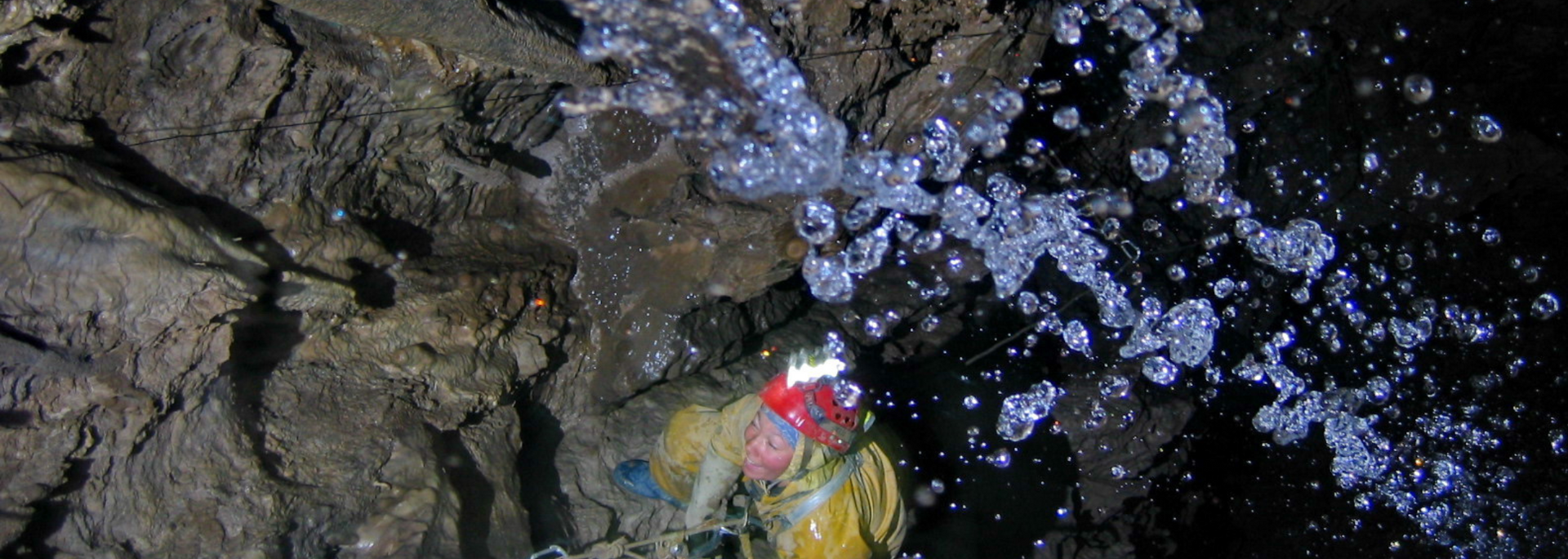
It all began at the beginning of the 20th century, with French and Russian speleologists (cave scientists) making forays into the cave.
In 1960, researchers from the Republic of Georgia made it 90 metres down. Throughout the 1980s, expeditions continued.
In the 1990s, conflicts in the region meant that expeditions had to be suspended. These picked up again in 1999 – and by the early 2000s, explorers had made it 1,710 metres down.
Things got really serious in the early part of this century when a multinational expedition made it 1,775 metres down. Another team made it to 1,840 metres. This trip involved squeezing through a 100-metre-long passage called "The Way to the Dream".
Krubera Cave finally became the deepest known cave in the world when the Ukrainian Speleological Association reached a depth of 1,910 metres. This put Lamprechtsofen in the Austrian Alps in second place.
In October 2004, a team of nine Ukrainian cavers led by Yuri Kasjan went back for more. They spent 17 days underground and fought their way through sumps and painfully tight squeezes.
On October 19th, they dropped into a pit – now known as Millennium – and finally reached a sandy chamber at 2,080 metres.
They'd made it to the bottom of the world! Is it any wonder they decided to call this chamber "Game Over"?
What lives in Krubera?
You might think that caves are uniquely inhospitable environments for wildlife. In fact, they're rich ecosystems – something we've discussed in another blog post.
Even in the depths of Krubera, animals manage to survive. These include pseudoscorpions, spiders, opiliones, crustaceans, springtails, beetles and dipterans.
In 2010, a CAVEX team expedition discovered four springtails – a type of hexapod that feeds on decaying organic matter. These tiny bugs thrive in the humidity. One of these,
Plutomurus ortobalaganensis,
is the deepest-dwelling animal on Earth.
What's in a name?
The deepest cave on Earth is known by two names – "Krubera" and "Voronya". Sometimes, the two names are hyphenated.
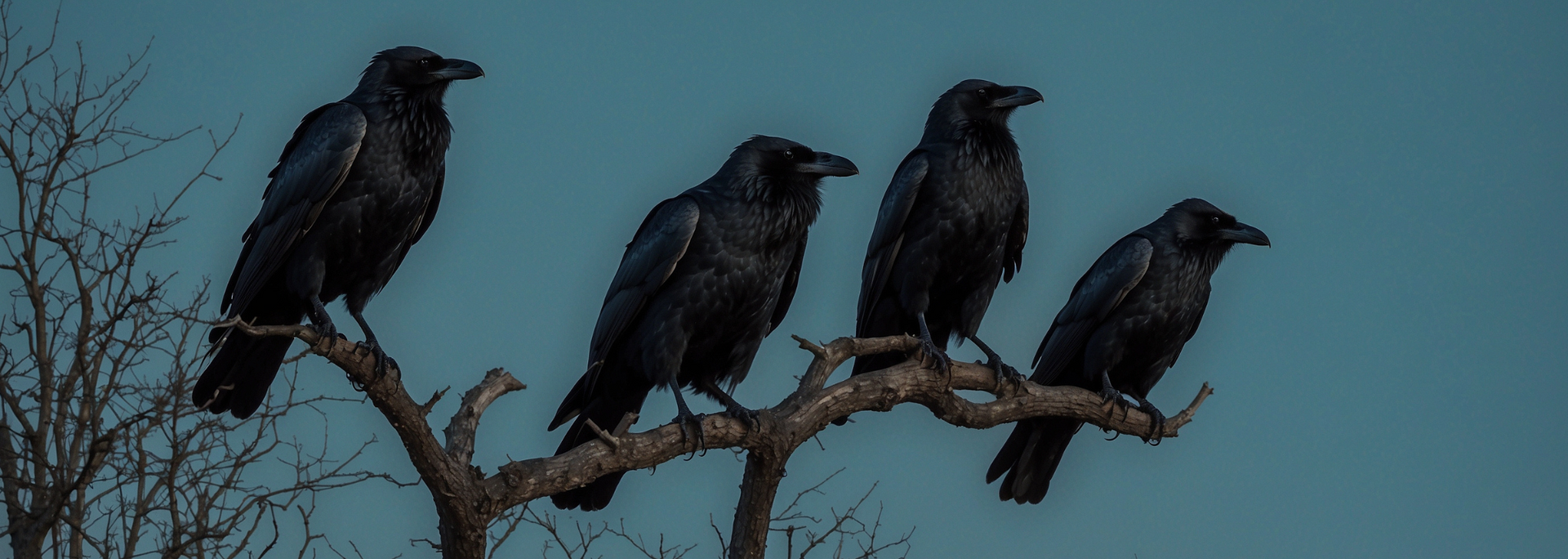
This is because the cave was named independently by two different teams. In the 1960s, it was explored by a team of Soviet cave scientists, who named it after the geographer Alexander Kruber.
Then, in the 1980s, it was explored again by a team of cave scientists from Kyiv, Ukraine, who weren't aware of the previous expedition.
This team found a murder of crows nesting at the cave's entrance. This gave the cave its second name: Voronya Cave, literally "Crows' Cave".
It wasn't until later that the two caving teams realised they'd been in the same cave.
What are the top 10 deepest caves in the world?
Krubera and Veryovkina are the only two known caves in the world with a depth of more than 2,000 metres. But there are plenty of mind-bendingly deep caves in the world.
Here's a top 10. You'll notice that the Abkhazia/Georgia region is very well-represented!
1. Krubera-Voronja Cave, Abkhazia/Georgia
Depth: 2,224 metres
Length: 23 kilometres
2. Veryovkina Cave, Abkhazia/Georgia
Depth: 2,209 metres
Length: 17.5 kilometres
3. Sarma cave, Abkhazia/Georgia
Depth: 1,830 metres
Length: 19.2 kilometres
4. Snezhnaja, Abkhazia/Georgia
Depth: 1,760 metres
Length: 40.8 kilometres
5. Lamprechtsofen, Austria
Depth: 1,727 metres
Length: 61 kilometres
6. Gouffree Mirolda, France
Depth: 1,661 metres
Length: 22 kilometres
7. Gouffre Jean-Bernard, France
Depth: 1,612 metres
Length: 29.5 kilometres
8. Sistema del Cerro del Cuevón, Spain
Depth: 1,589 metres
Length: 7 kilometres
9. Hirlatzhöhle, Austria
Depth: 1,560 metres
Length: 117.8 kilometres
10. Sistema Huautla, Mexico
Depth: 1,560 metres
Length: 100.2 Mexico
As expeditions continue, these rankings could change. Who knows what the world's cave scientists will discover next?
Looking for
caves to visit in Yorkshire? We might not have the deepest caves in the world – but Stump Cross Caverns is certainly one of the most magical. Join us for a journey of discovery underground, where you'll spot amazing rock formations and duck through ancient natural passageways. It's exciting, educational and a whole lot of fun.
Book your tickets online today to get the best price.


